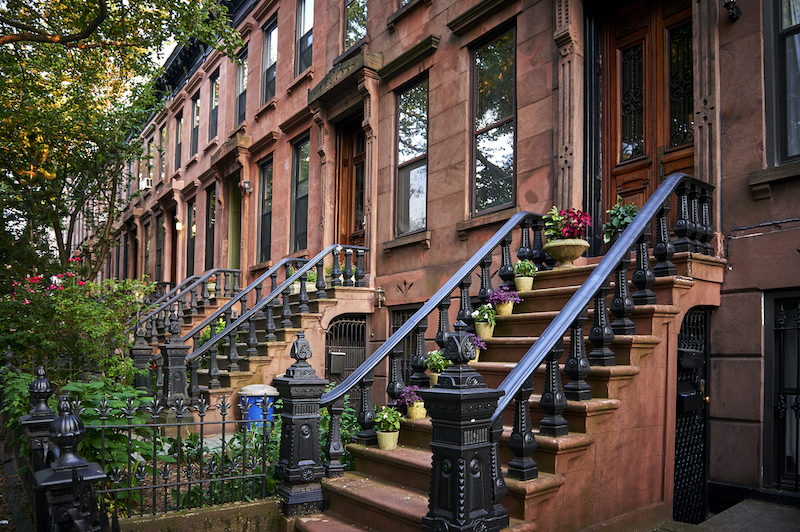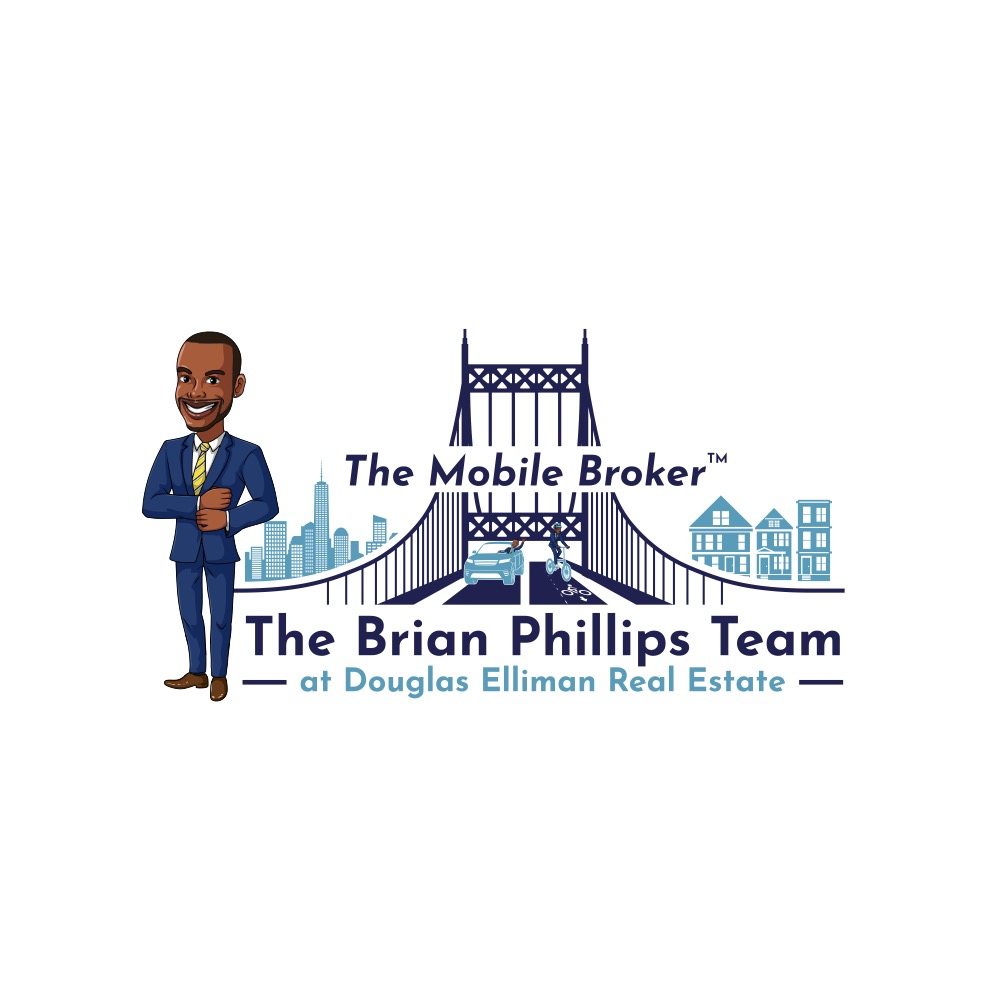Buying a home in New York City is both exhilarating and overwhelming. Between bidding wars, board approvals, and navigating co-ops or condos, it’s easy to get swept up in the charm of a beautifully staged apartment during an open house.
But while fresh flowers and scented candles can set the mood, they may also mask deeper problems.
Here’s how to stay sharp and spot potential red flags.
1. Layout Issues That Signal Deeper Problems
NYC apartments come in all shapes and sizes—railroad layouts, junior fours, alcove studios—but some layouts signal more than just quirky architecture. Pay close attention to:
-
Awkward room flow: Does the bedroom open directly into the kitchen? Is the bathroom oddly placed or visible from the front door? These could signal a makeshift conversion or illegal alterations.
-
Windowless rooms: That “second bedroom” without a window may not legally qualify as a bedroom in New York City. To meet code, a legal bedroom must be at least 80 square feet, have minimum dimensions of 8 feet in any direction, a ceiling height of at least 8 feet, and include a window that opens to a street, yard, or court. Without a window and proper egress, it’s considered a den or office, not a bedroom.
-
Over-staged tight spaces: Stagers can use smaller furniture or minimalism to make a space feel larger than it is. Bring a tape measure or ask for floor-plans to get the real dimensions.
Pro Tip: Ask whether the layout has changed since the last sale—and if it was permitted by the Department of Buildings (DOB). If you’re buying in a co-op, unapproved layout changes could cause issues with board approval or financing.
2. Signs of Structural and Maintenance Neglect
While NYC buildings are known for their character, historic charm shouldn’t mean outdated or neglected infrastructure.
During your visit, look out for:
-
Cracks in walls or ceilings: Minor hairline cracks may be from settling, but wide or angled cracks could signal foundation issues or water damage. Water stains or bubbling paint may also indicate past or active leaks.
-
Uneven floors or sloping rooms: Slanted floors may reflect normal settling in prewar buildings—but if they feel extreme or uneven throughout, they may suggest larger issues with the building’s structure or renovations done without proper support.
-
Persistent odors or heavy air fresheners: If the apartment is overly perfumed or windows are wide open on a cold day, it might be masking mold, pet odors, or cigarette smoke.
Ask the agent: When were the electrical, plumbing, and heating systems last updated?
In condos, and especially in prewar co-ops, aging infrastructure can lead to costly repairs or assessments down the line.
If the apartment has a PTAC unit, ask when it was last replaced. These systems typically last 10 to 15 years, and owners are often responsible for maintenance or replacement.
3. Building-Level Concerns: Know What You’re Buying Into
In NYC, you’re not just buying a unit—you’re buying into a building’s financial and operational health. During your open house:
-
Check the condition of common areas: Hallways, elevators, lobbies, and laundry rooms offer clues about how well the building is maintained. Peeling paint, broken tiles, or dirty stairwells can indicate poor management.
-
Review the mailbox area: Overflowing mail, outdated notices, or missing names may suggest absentee owners or vacant units—factors that can affect financing or stability in the building.
-
Look for recent renovations or upgrades: Does the building have a new roof, elevator, or updated windows? Or are you walking into a building that hasn’t been touched since the 1970s?
Pro Tip: When considering a property, ask the listing agent for the building’s financial statements, details about the reserve fund, and any planned assessments. Additionally, inquire whether the building has a history of Housing Preservation and Development (HPD) violations. You can verify this information online through the following resources:
-
HPD Online: Access detailed information about building complaints, violations, and litigation at https://www.nyc.gov/site/hpd/about/hpd-online.page.
-
NYC Open Data – Open HPD Violations: Explore a comprehensive dataset of open HPD violations across New York City at https://data.cityofnewyork.us/Housing-Development/Open-HPD-Violations/csn4-vhvf.
These tools can help you assess the building’s maintenance history and identify any recurring issues.
4. Neighborhood Red Flags: The Block Matters
You may love the unit—but what’s the vibe when you step outside?
- What does the unit face—front or rear? Does it overlook a busy street, expressway, or quiet courtyard? Is there a school, house of worship, police precinct, fire station, bar or fast food restaurant on the block? Stand by the windows and listen. Sirens, traffic, and bar noise may not appeal to buyers seeking peace and quiet. They can also contribute to higher foot traffic, loitering, and limited parking options.
-
Check the streetscape: Boarded-up storefronts, garbage accumulation, or long-standing scaffolding with no visible progress may signal neglect or stalled development—a possible sign of economic distress in the area that could impact future resale value.
-
Transit and construction zones: Being near a subway is a plus—but not if you’re directly over it or facing it. Also ask if any large-scale development is planned nearby. It may mean years of noise and dust.
Local tip: Walk around the neighborhood at different times of day—weekends, evenings, and weekday mornings—to get a realistic sense of foot traffic, safety, and noise.
5. Paperwork and Transparency Red Flags
Finally, how the listing agent handles questions and disclosures can tell you a lot.
-
Vague or evasive answers: If the agent can’t, or won’t, answer questions about building policies, past leaks, or monthly carrying costs, take note.
-
Missing offering plan or unclear maintenance breakdown: Every co-op or condo should have clear financial documents and a breakdown of monthly fees. Avoid surprises by reviewing these early in the process.
-
No information about board policies: Can you rent it out? Which pets are allowed? Are there restrictions on renovations? Lack of transparency about building rules is a red flag, especially in NYC co-ops.
The Bottom Line
Open houses in New York can be fast-paced and crowded, but don’t let the excitement cloud your judgment. Behind the fresh paint and staged furniture could be issues that impact your comfort, resale value, or ability to close.
By approaching each open house with a critical eye, and asking the right questions, you’ll be better equipped to find a home that’s not only beautiful but also sound, secure, and worth your investment.
Sources:
-
NYC Housing Preservation & Development (HPD) Violations Database
-
7 Things You May Not Be Noticing in Open Houses – But Should


